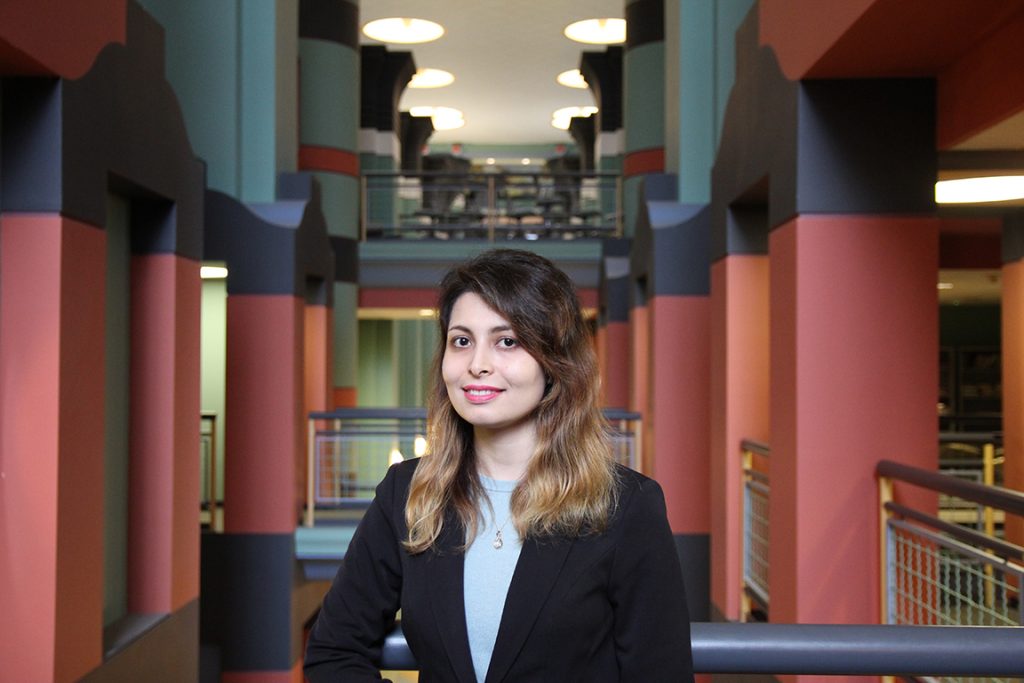
Yasaman Ghasempour
Rice University
PhD Candidate
Yasaman Ghasempour is a Ph.D. Candidate in the Department of Electrical and Computer Engineering at Rice University, conducting research in the Rice Networks lab led by Prof. Knightly. She received her Master’s degree from Rice and her Bachelor’s degree from Sharif University of Technology in 2016 and 2014, respectively. Yasaman’s research broadly focuses on wireless communication and sensing, with emphasis on the design, implementation, and experimental evaluation of novel solutions for high-density wireless and mobility management in diverse spectrum, spanning from millimeter-wave networks to terahertz and visible light. Her work has appeared in top-tier conferences in wireless networking, including ACM MobiCom and ACM MobiHoc, both premier and highly competitive conference venues, as well as IEEE/ACM Transactions on Networking, the premier journal in networking. Yasaman is the recipient of Texas Instruments Distinguished Fellowship and Young Researcher Fellowship among multiple IEEE/ACM awards and fellowships.
Research Abstract:
Abstract: Scaling WLANs in Spectrum, User Density, and Robustness
The ever-increasing demand for faster wireless communication and the appearance of radically new applications such as VR/AR and autonomous vehicles motivate utilizing higher spectral bands. In particular, the increased spectrum availability at millimeter-wave (mmWave) and terahertz (THz) bands can, in principle, offer data rates up to hundreds of Gigabit-per-second. However, efficient coordination of spatial resources is a fundamental challenge in mmWave and THz-scale networks: First, the extreme propagation attenuation necessitates directional communication such that end nodes need to continually align their directional beams to maintain connectivity under mobility, severely degrading throughput and disrupting high-rate, low-latency applications. Second, the multipath channel sparsity of higher bands hinders stream separability at receivers and limits the number of simultaneous links. My research work aims to address these two key challenges in mmWave and THz networks. I designed, implemented, and evaluated a path discovery platform that efficiently identifies the key components of a mmWave/THz channel, i.e., Line-of-Sight and reflected paths, between any two nodes with a negligible time overhead. Leveraging this system, I demonstrated how to control data separability and presented the first experimental system that enables unprecedented multi-stream directional mmWave communications. The sensing aspect of my developed solution empowers joint communication and sensing by repurposing the ubiquitous mmWave and THz wireless signals as high-resolution sensing modules in the future.